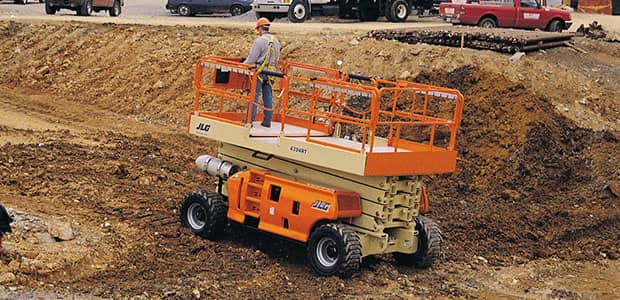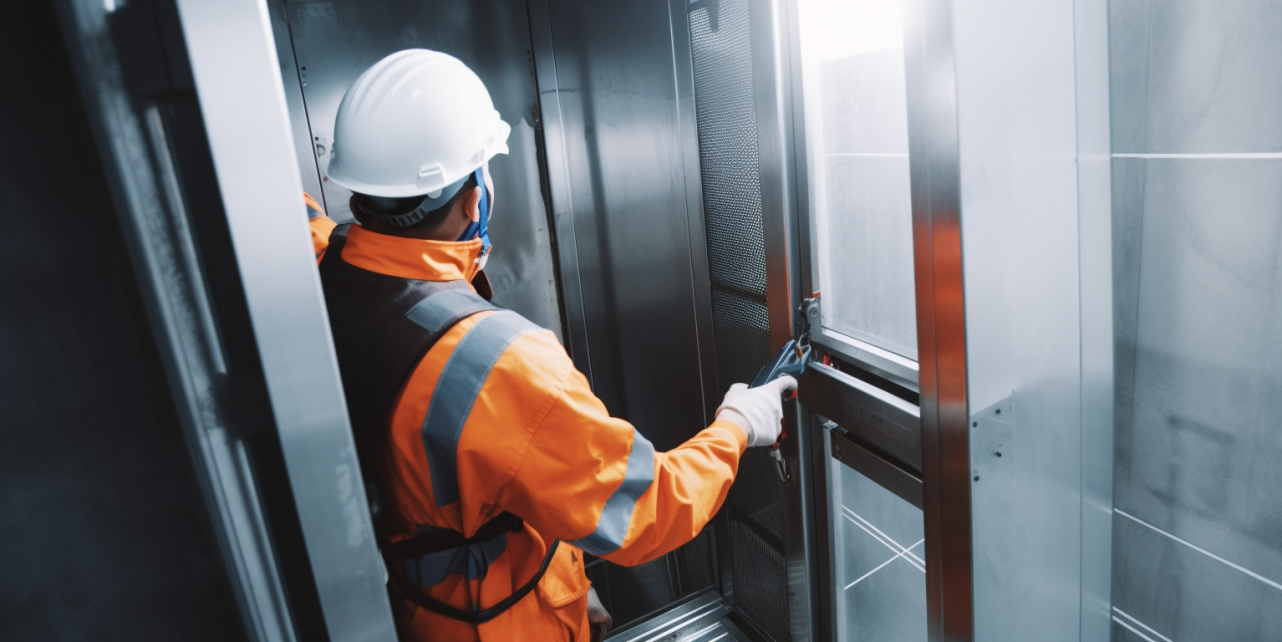Important Guide to Recognizing Impaired System Lifts and Their Capability
Understanding the details of disabled platform raises goes beyond simple awareness; it calls for an extensive understanding of their capability and design. From the various kinds available to the vital components that make them operational, each facet contributes to the smooth operation of these necessary ease of access tools. Additionally, the stringent safety and security regulations and maintenance factors to consider linked with platform lifts are vital in guaranteeing their reliability and durability. By exploring these facets carefully, one can gain a profound understanding of exactly how these lifts not just boost availability however also focus on customer safety and security and comfort.
Kinds of Disabled Platform Lifts
There are a number of kinds of handicapped platform lifts developed to offer availability for people with flexibility obstacles. Upright system lifts are a prominent choice as they move directly and down, making them optimal for shorter distances and where room is limited. These lifts are commonly set up in homes, schools, and industrial buildings to help mobility device individuals in navigating various degrees. Inclined platform lifts, on the other hand, are suitable for areas where an upright lift may not be feasible as a result of architectural restraints. These lifts comply with the incline of staircases, supplying a smooth and secure experience for individuals with flexibility problems.
One more type of handicapped system lift is the mobile lift, which uses flexibility and benefit. Each type of handicapped platform lift serves an unique purpose in enhancing accessibility and enhancing the quality of life for individuals with wheelchair obstacles.
Key Parts and Systems
Impaired system lifts, such as vertical and inclined lifts, rely upon details key components and systems to ensure smooth and safe transport for individuals with movement difficulties. One crucial component of these lifts is the platform itself, which serves as the foundation for carrying individuals - lift modernization. The platform is designed to be strong, sizable sufficient to suit mobility devices or movement tools, and furnished with safety and security functions such as guardrails and non-slip surface areas to avoid crashes throughout transit

In addition, safety sensing units and emergency stop buttons are incorporated into impaired system raises to improve customer safety and stop mishaps. These elements function with each other to produce a reputable and effective transportation solution for people with movement problems.
Installment and Upkeep Factors To Consider

Routine upkeep is equally vital to keep disabled platform lifts running efficiently. Scheduled examinations, lubrication of moving parts, and testing of security functions ought to be executed according to the maker's advised routine. Any indicators of deterioration must be attended to promptly to stop more damage and make certain the lift operates reliably. In addition, having a maintenance log to track solution background and treatments can aid in determining patterns and potential problems before they intensify. By focusing on proper installment and diligent upkeep methods, the durability and efficiency of impaired system lifts can be optimized, profiting both users and center supervisors.
Safety Features and Laws
Guaranteeing compliance with security policies is paramount when reviewing the effectiveness of security functions in impaired platform lifts. Security features generally found in handicapped system lifts include emergency situation quit switches, security barriers, interlocks, and under-platform sensors. Interlocks make sure that the lift doors are safely closed prior to the lift operates, boosting user safety and security.
Advantages of Utilizing System Lifts
Compliance with safety laws and the execution of vital safety functions in handicapped system lifts contribute to the general benefits of using these lifts for people with disabilities. Past security, system lifts offer a variety of advantages that boost availability and comfort. In general, the ease, independence, and inclusivity helped with by system lifts significantly improve the high quality of life for individuals with disabilities, making them an invaluable availability solution.

Conclusion
In conclusion, he has a good point disabled platform lifts been available in various types with crucial elements and devices that permit secure and reliable operation. Installation and maintenance considerations are important for ensuring proper performance. Security attributes and laws ought to be abided by in all times to avoid redirected here accidents - lift servicing near me. The benefits of utilizing platform lifts include increased availability and independence for individuals with disabilities.